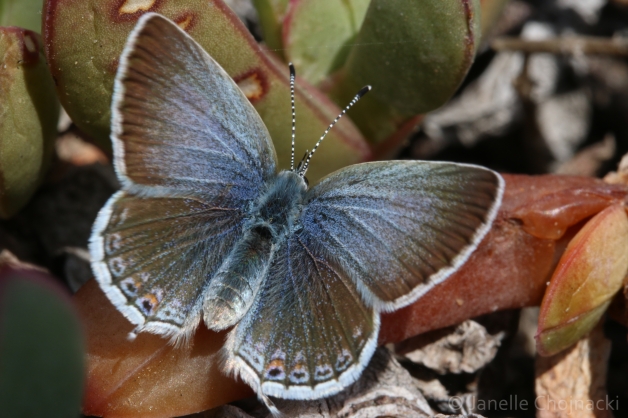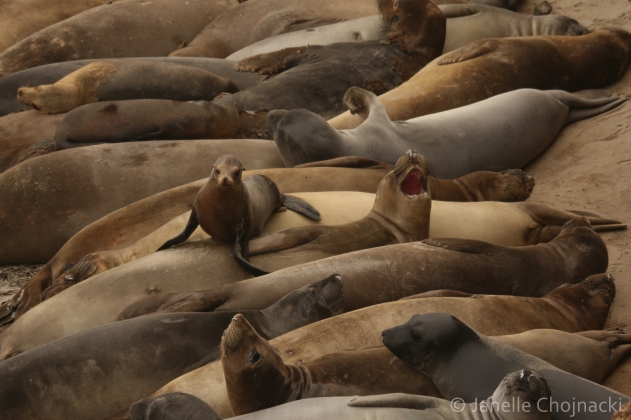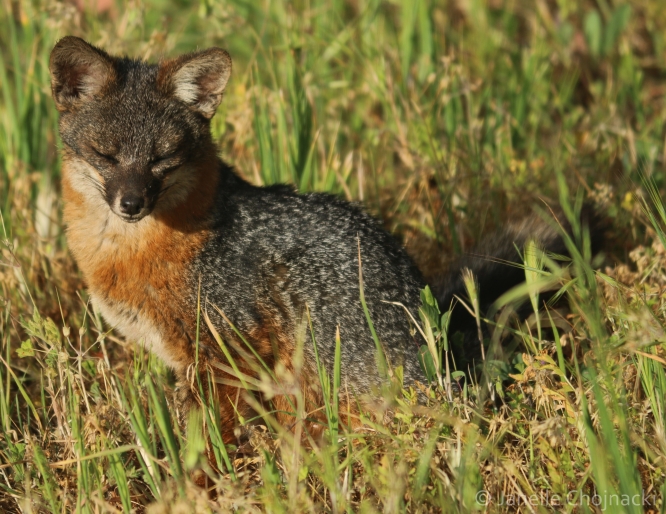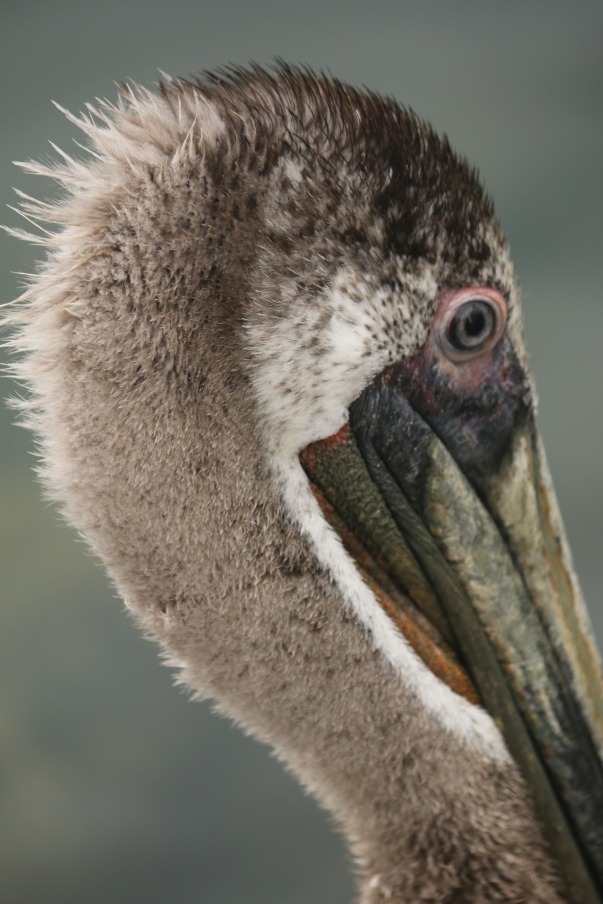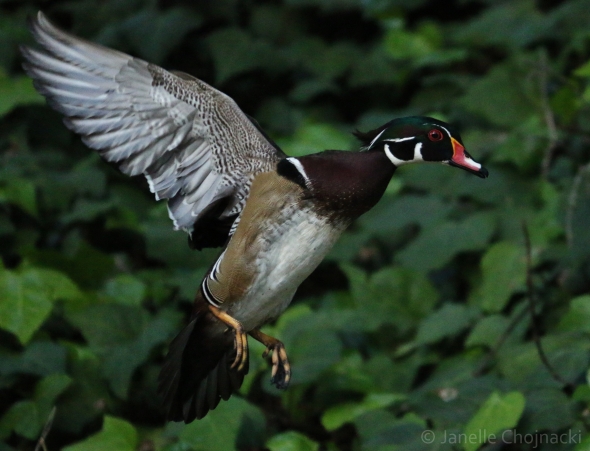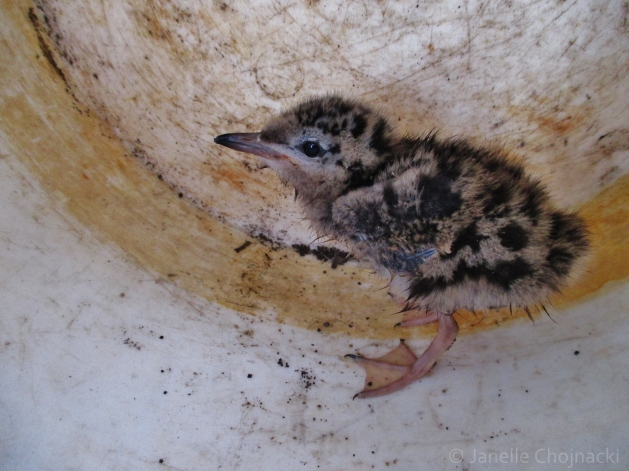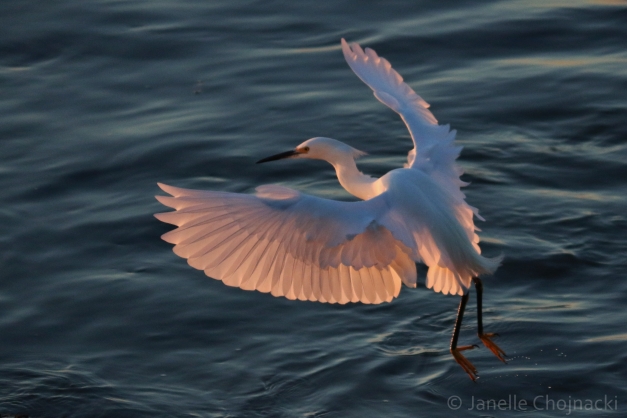Tag Archive: nature
The Santa Cruz Island Fox is a major success story in the conservation and restoration world. Living on Santa Cruz Island within the Channel Islands National Park, there were only 14 individuals remaining on the island just a few decades ago. The foxes were added to the endangered species list and a captive breeding program commenced while the main sources of the foxes population decline, non-native golden eagles, were relocated. The foxes now number in the hundreds and may be removed from the endangered list this year. The Channel Islands have many similar success stories including the return of native bald eagles to the islands, the bolstered populations of the endemic Island Scrub Jay, and a variety of plants and other animals that have been preserved because there of the intense effort going into the restoration and conservation of this unique group of islands. The eight land masses that make up the Channel Islands were separated from the mainland tens of thousands of years ago, and separated from each other around 13,000 years ago, so they have also been called the Galapagos of North America since the creatures living here have had so long to develop and evolve after being separated from a common ancestor on the mainland.
I was stalking this wood duck for an hour or so. During this time I was thinking about the benefit of photographing wild creatures who are accustomed to a constant human presence (this picture was taken at a semi-urban park near San Francisco). I try to avoid harassing animals while I take pictures of them and I can get much closer to these urban animals than I creatures living in, for example, a larger/more remote sanctuary. It was also interesting to realize that these ducks were eating whole acorns! Those don’t seem easy to digest – even squirrels chew them at least.
This young Forster’s Tern, alongside dozens of others, was partaking in a research project studying the efficacy of a restoration project in Fremont, California. To capture these rambunctious fellas we had to pick them up from their nests, follow them in kayaks and scoop them out of the water, or find their camouflaged little bodies hiding in the small shrubbery by their nests. While they juvenile birds were unhappy being captured, they were released shortly after being weighed and measured and returned to their original nests, after which their parents promptly fed these nagging munchkins.
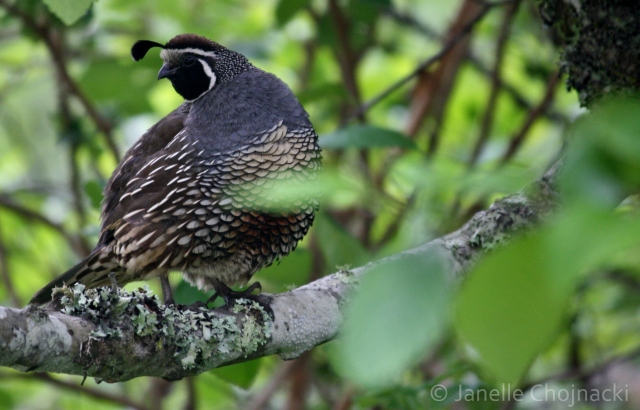
California Quail found in, you guessed it, California! Our beloved, charismatic state bird.
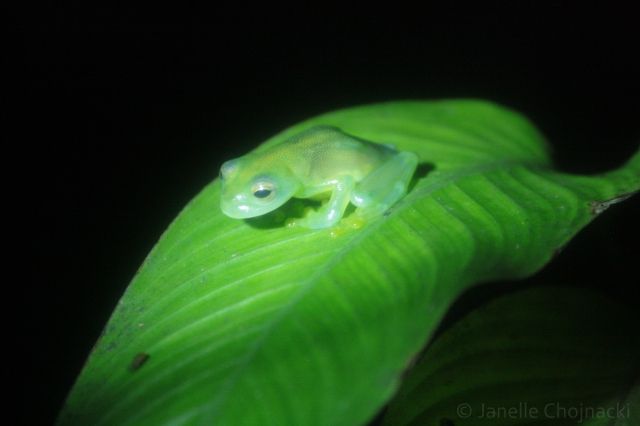
Glass frog seen in Costa Rica!
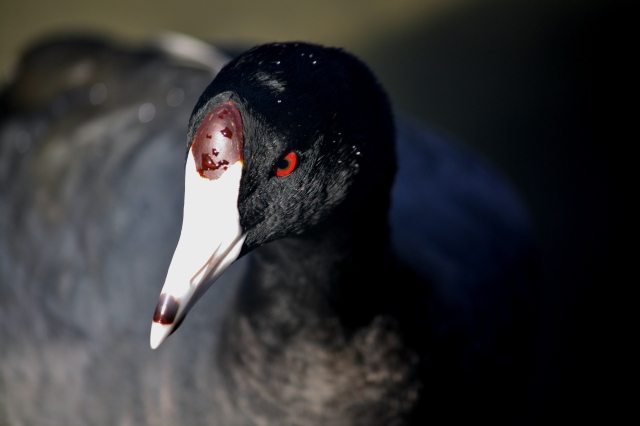
This American Coot let me get incredibly close – I believe it thought we might feed it. While providing an exciting opportunity to get so near this awkward creature, this coot brought up the issue of feeding wildlife and allowing wild animals to become habituated to, and possibly dependent on, human interaction. Feeding wildlife can have severe consequences including the transfer of zoonotic diseases (diseases which originate in animals and are caught by humans) and animals competing with and consequently harming each other in competition for food (in a manner different than that experienced in the wild). Habituation in more aggressive animals like wolves, rhinos, foxes, lions or sharks can create major problems like crop raids, attacks on humans or losing livestock to predators who have lost their fear of humans, all of which can lead to the eventual killing of these wild animals for safety or economic reasons. For example, in 2001 in Australia two dingoes were killed after attacking two young boys, killing one of them, and locals blamed tourists for continuously feeding the dogs scraps of food, allowing them to get comfortable with, rather than avoid, human presence.
Any wild animals learns the skills necessary to obtain food from its parents. These foraging and hunting skills, much like the skills humans learn and develop, require consistent practice to perfect and maintain them, allowing the animal to survive. But if a wolf, for example, becomes dependent on human food sources it may lose or decrease these skills and then if that wolf has pups, it will teach these pups the same human-dependent practices and most likely not the skills necessary to survive in the wild independently. Thus if that human food source is eliminated, these offspring, and potentially the parents, will most likely perish. As you may assume, habituation has been shown to decrease animals’ instinctual wariness of humans. Losing this wariness can lead the animals to actively seek out large groups of people and without previous knowledge of the dangers of the human world (cars, boats, airplanes) these animals often suffer. Additionally, habituated animals are at a much greater risk of being hunted and poached or otherwise abused at the hands of these humans they would otherwise have been wary of.
It is not just animals who suffer from habituation. There are many documented cases of increased aggression in apes, monkeys, dogs, kangaroos and bears who have been consistently fed by tourists. These animals may act aggressively if denied food by someone they know has it, if teased, or if they experienced threatening behaviors (some animals consider staring a threat, while others will chase something if it runs away from them). An unextreme example that many of us may have experienced involves squirrels or pigeons in large cities, who will actively approach humans assuming food will ensue. These animals pose little threat to us and it’s often comical when they dig through the bags you left behind to play frisbee. But imagine you are hiking and a habituated bear sense you have food, the issue is not longer amusing nor comical, it poses a real threat to human and animal lives. It becomes increasingly apparent, then, that neither animals nor tourists benefit from feeding wildlife.
Orams, Mark. “Feeding Wildlife as a Tourism Attraction: A Review of Issues and Impacts.” Tourism Management. May,2001.

